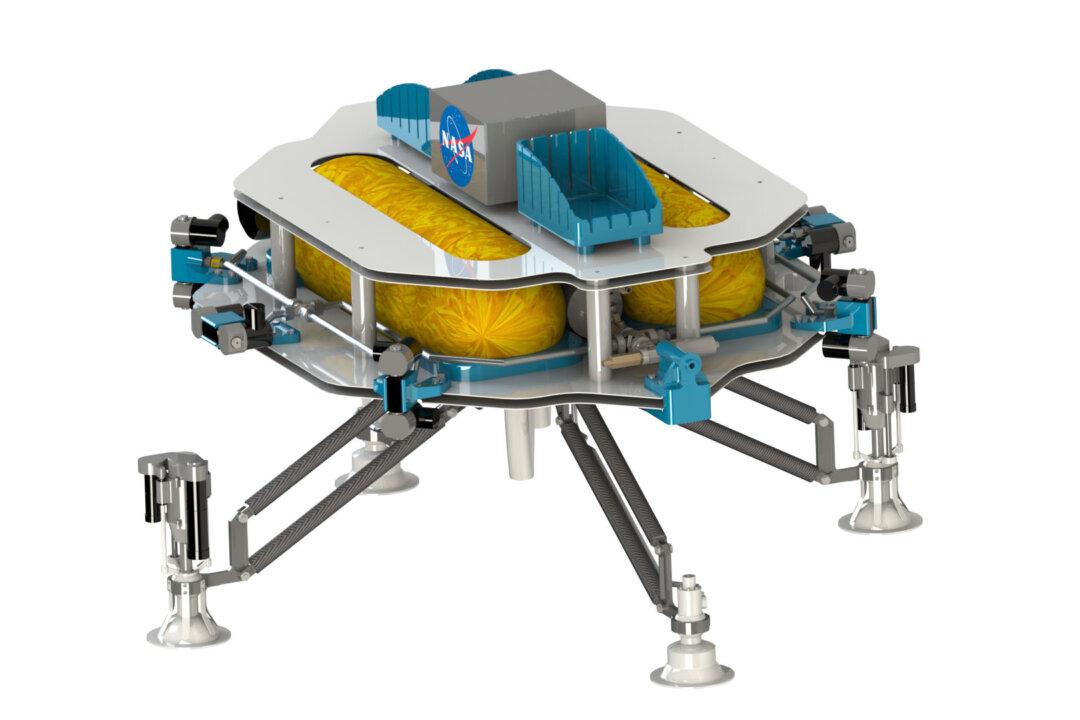NASA is building a prospecting quadcopter that can fly in Mars’s atmosphere to look for minerals and other natural resources in places that are inaccessible to land rovers.
Due to the extremely thin atmosphere on Mars, the Extreme Access Flyer (EAF) will rely on cold-gas jets that release oxygen or water vapor for thrust instead of rotors like traditional drones.
“The first step in being able to use resources on Mars or an asteroid is to find out where the resources are,” Rob Mueller, a senior technology at the Kennedy Space Center, said in a statement from last week. “They are most likely in hard-to-access areas where there is permanent shadow. Some of the crater walls are angled 30 degrees or more, and that’s far too steep for a traditional rover to navigate and climb.”
Instead of using GPS, like traditional drones, to navigate Mars’s landscape, the EAF will be programmed to recognize landmarks and scout for the most resource-rich areas by itself.
The EAF, which is 5-feet wide, will be equipped with a digger that can procure 7 grams of material at a time, enough to give NASA a representative sample of the geological distribution of minerals in a given area.






